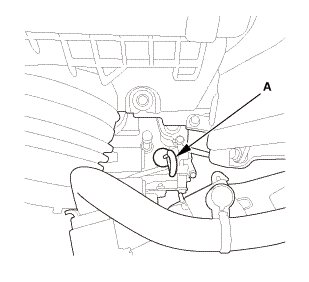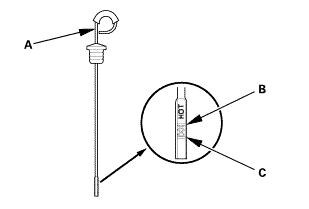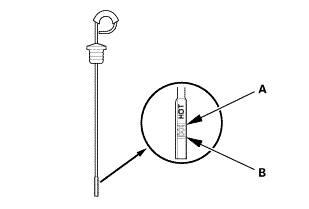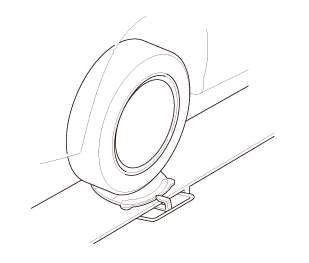Honda Civic Service Manual: Right A/T Differential Oil Seal Replacement (A/T)
2191M0 RIGHT

| 1. | Vehicle Lift |
|
| 2. | Tire and Wheel-Removal, Front Right |
|
|
|
| 3. | ATF - Replacement |
|
|
|
| 4. | Right Lower Ball Joint Lower Arm Side Disconnection |
|
|
|
| 5. | Driveshaft Front Right, Inboard Side - Disconnection |
|
|
|
|||||||||||||||||
|
|
|
| 6. | Right Differential Oil Seal |
|
|
|
||||||

| 1. | Right Differential Oil Seal |
|
|
|
||||||
| 2. | Driveshaft Front Right, Inboard Side - Reconnection |
|
|
|
|
|
|
||||||||||||
| 3. | Right Lower Ball Joint Lower Arm Side Reconnection |
|
|
|
| 4. | Tire and Wheel-Installation, Front Right |
|
|
|
||||||
| 5. | Driveshaft After Install Check |
|
| 6. | ATF - Replacement |
|
|
|
|
2. |
Refill the transmission with the recommended fluid into the dipstick hole (A) to bring the fluid level between the upper mark and the lower mark of the dipstick. Always use Honda automatic transmission fluid (ATF) ATF DW-1. Using a non-Honda ATF can affect shift quality. |
|||||||||
|
||||||||||
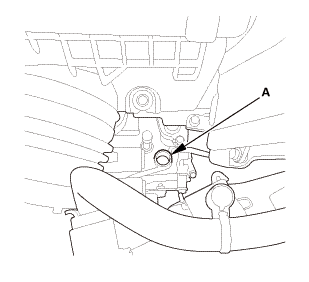
|
|
|
| 7. | Warm Up The Engine |
|
| 8. | ATF Level Check |
|
|
|
|
|
|
||||||||||||||||||||||||||||||||||
|
|
|
| 9. | Pre-Alignment Checks |
|
| 10. | Caster - Inspection |
|
|||||||||||||||||||||||||||||||||||||||||||||||
| 11. | Camber - Inspection |
|
||||||||||||||||||||||||||||||||||||||||||||||||||||||||||||||||||||||||||||||||||||||
| 12. | Front Toe - Inspection |
|
|||||||||||||||||||||||||
| 13. | Turning Angle - Inspection |
|
|
|
|||||||||||||||||||||||||||||||||||||||||||||||||||||||||||||||||||||||||||||||||||||||||
|
|
|
|||||||||||||||||||||||||||||||||||||||||||||||||||||||||
| 14. | Test Drive |
|
| 15. | Maintenance Minder Reset |
|
 Left M/T Differential Oil Seal Replacement (R18Z1 M/T)
Left M/T Differential Oil Seal Replacement (R18Z1 M/T)
2191F4 LEFT
1.
Vehicle Lift
1.
Raise the vehicle on a lift, and make sure it is securely supported.
...
 Right M/T Differential Oil Seal Replacement (R18Z1 M/T)
Right M/T Differential Oil Seal Replacement (R18Z1 M/T)
2191F5 RIGHT
1.
Vehicle Lift
1.
Raise the vehicle on a lift, and make sure it is securely supported.
...
See also:
Honda Civic Owners Manual. LaneWatchTM
LaneWatch is an assistance system that allows you to check the passenger side
rear
areas displayed on the audio/information screen when the turn signal is
activated to
the passenger's side. A camera in the passenger side door mirror monitors these
areas and allows you to check for vehicles, i ...

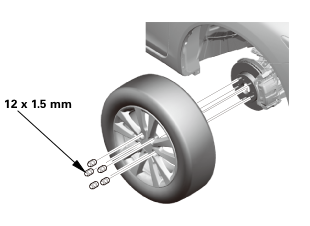 12x1mm
12x1mm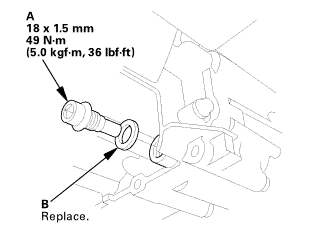 (somn)
(somn)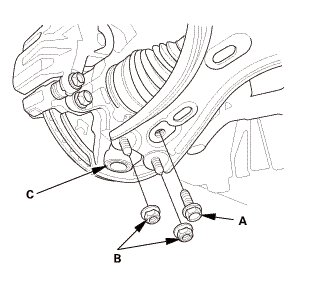
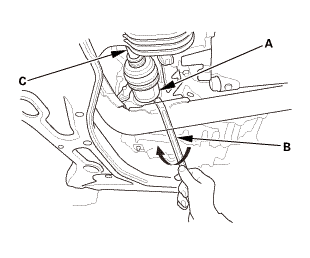

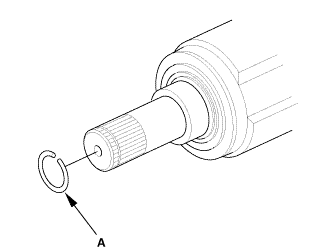
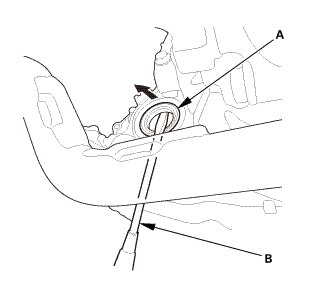
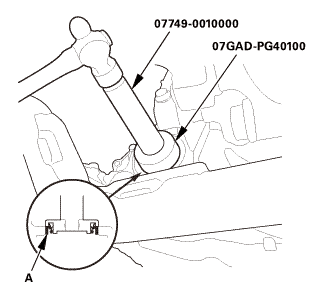
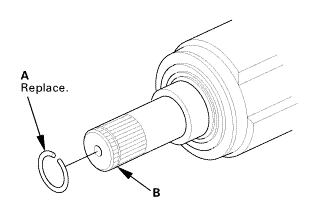
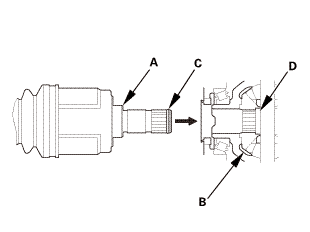
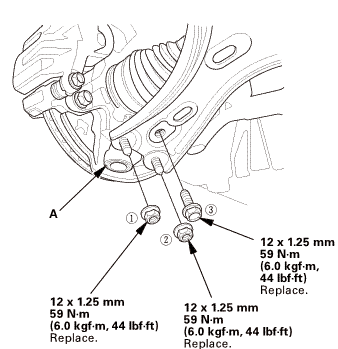 replace.
replace.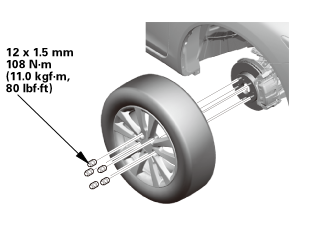 mminmuan
mminmuan